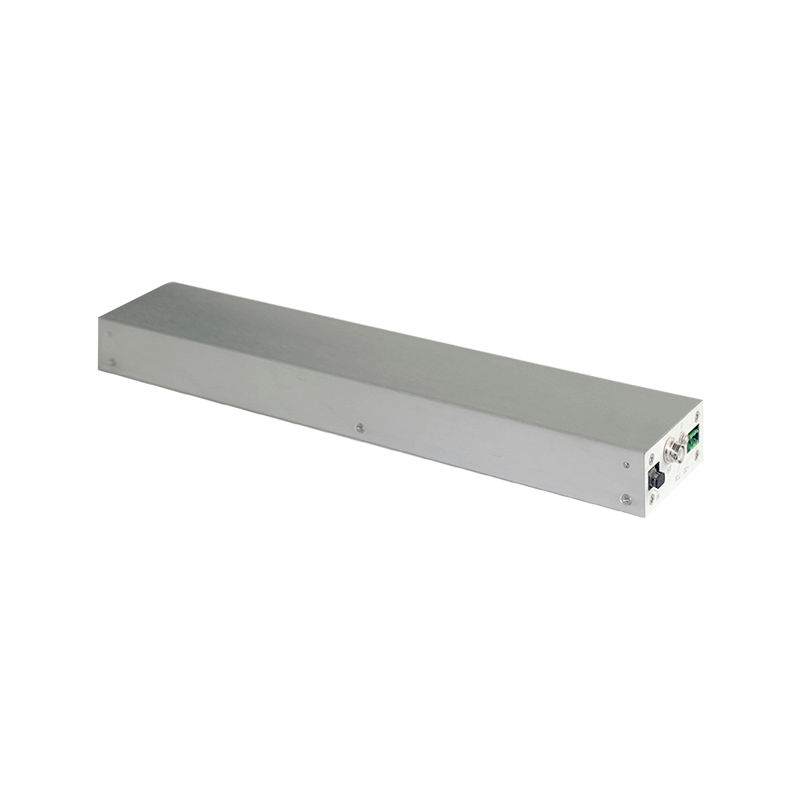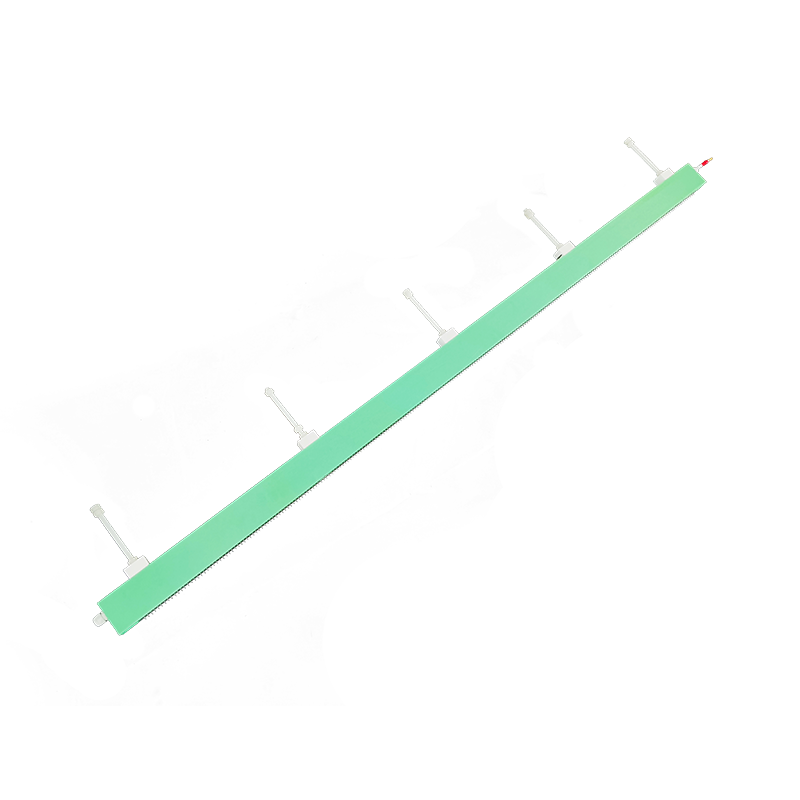Research on Dielectric Loss Suppression in High-Voltage Power Supplies for Electrostatic Chucks
In semiconductor manufacturing, electrostatic chucks (ESCs) utilize high-voltage electric fields to clamp wafers, where the performance of the power supply directly impacts process precision and stability. Dielectric loss, a core issue in high-voltage power systems, not only reduces energy efficiency but also causes wafer temperature drift due to heating, affecting etching or deposition uniformity. This article analyzes the mechanisms, suppression methods, and technological trends.
1. Mechanisms of Dielectric Loss
Dielectric loss in ESC power supplies primarily stems from three sources:
1. Polarization Loss: Polar molecules in insulating materials (e.g., ceramics or polymers) repeatedly reorient under alternating electric fields, generating heat through molecular friction. In high-frequency fields, dipole hysteresis intensifies, significantly increasing the loss factor (tanδ).
2. Space Charge Effects: Space charges accumulated at the interface between high-voltage electrodes and insulating layers (e.g., ion injection or impurity ionization) distort local electric fields, elevating leakage currents and additional losses.
3. Conductive Layer Defects: Oxidation of silver-plated electrode layers increases contact resistance and eddy current losses. Experiments show that oxidized silver coatings can raise dielectric loss by over 40%.
2. Key Suppression Techniques
1. Material Optimization
• Low-Loss Dielectrics: Modified polyimide or ceramic composites (e.g., Al₂O₃-SiO₂ systems) exhibit low dipole polarization, with tanδ below 0.001 at 1 kHz.
• Anti-Oxidation Conductive Layers: Carbon-based protective coatings on silver-plated electrodes fill grain boundaries, inhibiting oxidation and reducing resistance. Tests show post-treatment dielectric loss below 0.4%.
2. Structural Design Innovations
• Gradient Electrodes: Multilayer shielding (e.g., embedded capacitive layers) balances electric field distribution, minimizing space charge accumulation. For example, concentric electrode topologies reduce field gradients by 20%, cutting space charge losses by 35%.
• Distributed Capacitance Compensation: Low-ESR ceramic capacitors parallel to the power output absorb high-frequency ripple, suppressing molecular repolarization.
3. Advanced Control Strategies
• Adaptive Voltage Waveforms: Dynamically adjust voltage slew rates (dU/dt) based on load conditions. Pulse frequency modulation (PFM) reduces switching cycles under light loads, while zero-voltage switching (ZVS) cuts MOSFET switching losses by 30% under heavy loads.
• Temperature-Frequency Coordination: Real-time drive frequency adjustment via temperature feedback avoids peak loss frequency bands (e.g., 1–10 kHz).
3. Future Technological Trends
Research will focus on:
• Smart Materials: Ferroelectric-semiconductor heterojunctions dynamically compensate for losses via interface polarization suppression.
• Multiphysics Simulation: Coupled electrical-thermal-mechanical models predict dielectric loss hotspots to guide structural design.
Conclusion
Dielectric loss suppression is central to high-precision control in ESC power supplies. Synergistic advancements in materials, structures, and intelligent controls will significantly enhance energy efficiency and process stability, supporting breakthroughs in domestic semiconductor equipment manufacturing.




















